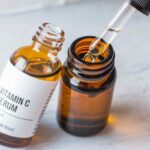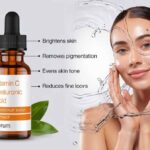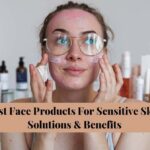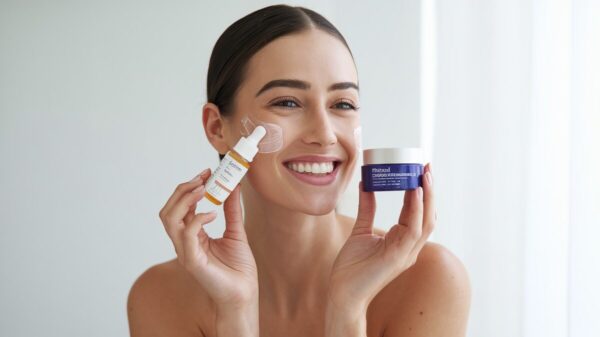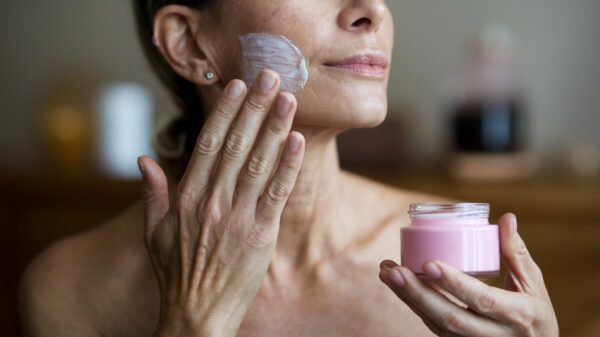Skincare for Redness is a common concern, often linked to sensitivity, inflammation, or underlying skin conditions. Addressing redness requires a strategic approach that combines gentle skin care, targeted treatments, and lifestyle modifications. This guide explores the causes of redness, effective ingredients, and best practices to soothe and restore balance to the skin.
Understanding Skin Redness
Redness manifests in various forms, from mild flushing to persistent irritation. Several factors contribute to this condition:
- Rosacea – A chronic inflammatory skin disorder that causes persistent redness, particularly on the cheeks, nose, and forehead.
- Sensitive Skin – Skin that reacts to environmental triggers, harsh products, or allergens.
- Inflammation – Caused by conditions similar as eczema, dermatitis, or allergic reactions.
- Weather & Environment – Cold winds, heat, sun exposure, and pollution can exacerbate redness.
- Over-Exfoliation – Excessive use of scrubs, acids, or retinoids weakens the skin barrier, leading to irritation.
Identifying the root cause is crucial in selecting an appropriate skincare regimen.
 Key Ingredients to Reduce Redness
Key Ingredients to Reduce Redness
Certain ingredients have proven efficacy in calming redness and fortifying the skin’s defence mechanisms. Look for products containing:
- Niacinamide (Vitamin B3) – Reduces inflammation, strengthens the skin barrier, and minimizes blotchiness.
- Centella Asiatica (Cica) – Known for its healing properties, it soothes irritation and accelerates skin recovery.
- Aloe Vera – Hydrates and calms reactive skin while reducing discomfort.
- Colloidal Oatmeal – Forms a protective barrier that alleviates dryness and irritation.
- Green Tea Extract – A powerful antioxidant that neutralizes free radicals and reduces redness.
- Azelaic Acid – This ingredient reduces swelling and redness and is particularly beneficial for rosacea-prone skin.
Choosing skincare products with these ingredients helps maintain a balanced and resilient complexion.
Best Skincare for Redness-Prone Skin
A well-structured routine minimizes irritation while enhancing skin strength. Follow these steps:
- Gentle Cleansing – Use a sulfate-free, fragrance-free cleanser that won’t strip skin of its natural oils.
- Hydration – Apply a lightweight, non-comedogenic moisturizer with soothing ingredients like ceramides and panthenol.
- Targeted Treatment – Incorporate a serum containing niacinamide or Centella Asiatica to address redness at a cellular level.
- Sun Protection – Use a broad-spectrum SPF 30+ sunscreen daily to prevent UV-induced inflammation. Mineral sunscreens that contain either zinc oxide or titanium dioxide are excellent choices for sensitive skin.
- Barrier Repair – Nighttime care should focus on barrier-enhancing ingredients such as squalane, peptides, and hyaluronic acid.
Consistency is key—rushing into multiple treatments at once can aggravate irritation.
Lifestyle Adjustments to Prevent Redness
Beyond topical treatments, lifestyle habits play significant role in managing Skincare for Redness. Implement these practices for long-term improvement:
- Avoid Hot Showers – High temperatures strip moisture from the skin, worsening irritation.
- Monitor Your Diet – Spicy foods, alcohol, and excessive caffeine can trigger redness. Opt for anti-inflammatory foods like fatty fish, nuts, and leafy greens.
- Choose Soft Fabrics – Harsh materials like wool can create friction and aggravate sensitive skin.
- Practice Stress Management – Elevated cortisol levels contribute to inflammation; techniques such as meditation and yoga help regulate stress.
- Stay Hydrated – Drinking enough water supports skin function and reduces dryness-related redness.
These simple adjustments reinforce skincare efforts, leading to visible improvement over time.
 Professional Treatments for Persistent Redness
Professional Treatments for Persistent Redness
If redness remains stubborn despite a dedicated routine, professional interventions may be beneficial:
- Laser Therapy (VBeam, IPL) – Targets broken capillaries and persistent redness with precision.
- Chemical Peels – Mild peels with lactic or mandelic acid exfoliate gently, reducing inflammation.
- Prescription Treatments – Dermatologists may recommend topical or oral medications such as metronidazole or ivermectin for rosacea management.
Seeking expert guidance ensures that treatment aligns with the underlying cause.
Conclusion
Managing Skincare for Redness requires a holistic approach that integrates skincare, lifestyle modifications, and, if necessary, professional treatments. Prioritizing gentle, soothing ingredients while avoiding potential triggers fosters healthier, more balanced skin. By understanding the causes of redness and tailoring a regimen accordingly, achieving a calm, even complexion is possible.

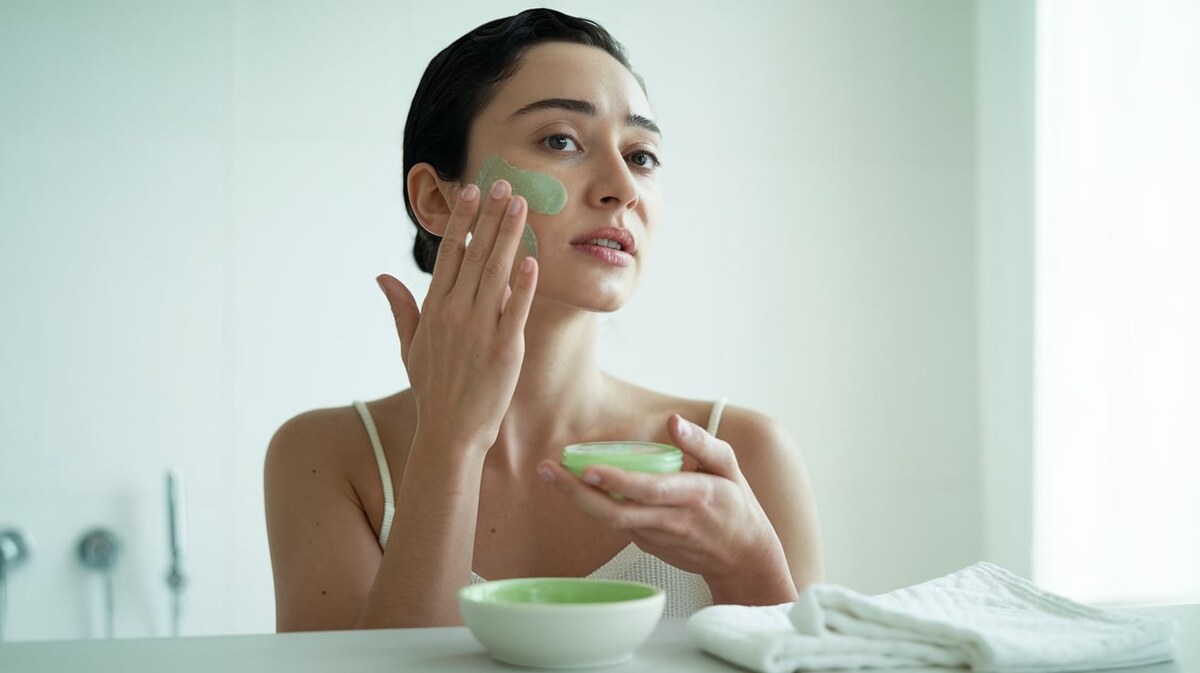
 Key Ingredients to Reduce Redness
Key Ingredients to Reduce Redness Professional Treatments for Persistent Redness
Professional Treatments for Persistent Redness
